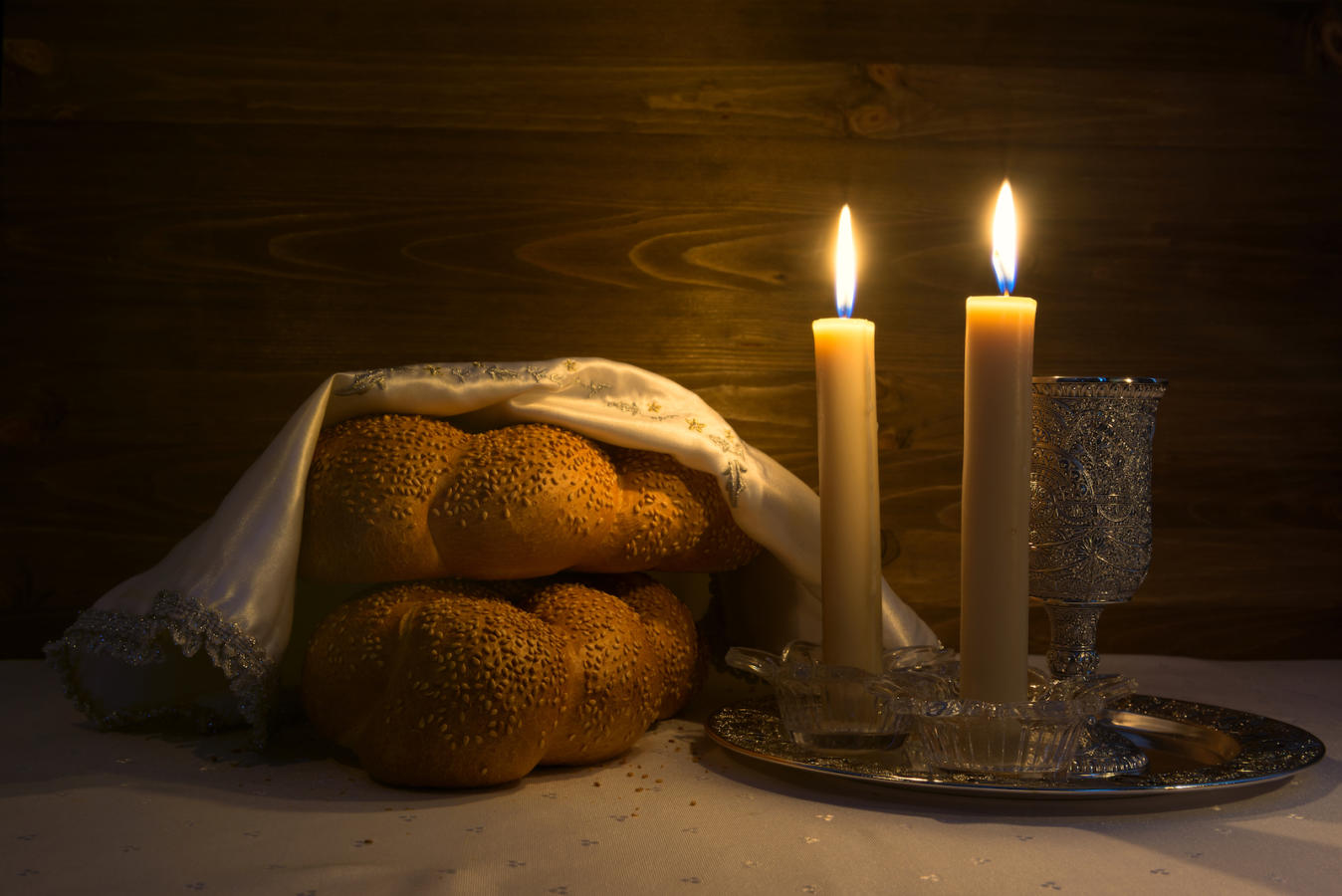Question: I’ve heard all about the things that are prohibited on Shabbat, from writing a letter to watching TV. So what can you do on Saturdays?
–Shelby, Poplar Bluff
Answer: I know how you feel, Shelby. When people speak about traditional observance, they often end up focusing on all the things that are restricted, without spending much time talking about what people who observe Shabbat in this manner really love about it.
First, however, I should say that today, people observe Shabbat in all sorts of different ways, and activities that more traditional communities consider forbidden on Shabbat are not necessarily frowned upon by liberal streams of Judaism.

Help us keep Jewish knowledge accessible to millions of people around the world.
Your donation to My Jewish Learning fuels endless journeys of Jewish discovery. With your help, My Jewish Learning can continue to provide nonstop opportunities for learning, connection and growth.
But since you seem most interested in how Shabbat is experienced according to classical Jewish law, I’ll focus on that.
Many people are familiar with the idea of families and friends coming together for Shabbat dinners on Friday nights. People also gather for lunch on Shabbat after synagogue. Like a dinner party that happens in the middle of the day, these meals are long and luxurious with good food (cholent is a Shabbat afternoon tradition, but anything that can be reheated reasonably well will work) and wine.
Because Shabbat precludes work, no one is rushing to finish the meal to get to an assignment or activity. Before birkat hamazon, or grace after meals, many people will sing a few traditional songs for Shabbat, or zemirot. Though musical instruments are prohibited, you’ll often find gorgeous harmonies and beautiful (or not so beautiful) spontaneous acapella performances around the Shabbat table.
After lunch, many people are ready for a nap. One of the great luxuries of the observant lifestyle is getting accustomed to a nice long nap on Shabbat afternoons. The rejuvenating powers of this nap cannot be overstated. Others prefer to go on long Shabbat walks, by themselves or with friends. Walking around the neighborhood or the park can be a totally different experience when there’s no distractions from an iPod or a cell phone.
Board games and non-gambling card games are also very popular in Shabbat observant communities. The Settlers of Catan and Bananagrams
are enjoying a lot of popularity these days, but I also recommend Apples to Apples (Jewish, or regular edition), Blokus, and SET
. You’ll be amazed at how much fun you can have without turning on a computer screen or a television. In some communities, pick-up basketball, football, and baseball games are popular, but in many Orthodox circles, ball games are prohibited.
Saturday afternoon is the perfect time to read a big chunk of the newest best-seller, or to actually forge through the newspaper, from start to finish. Many communities sponsor classes at the synagogue on Saturday afternoons, or hold an open beit midrash series, where pairs of people, or hevrutot can come to study a text together. Some people use Shabbat afternoon to walk to a local hospital or old-age home and visit those who are not feeling well.
As evening descends, it’s time for minha, the afternoon prayer service, followed by seudah shlishit, or the third meal of Shabbat. Seudah shlishit is generally a lighter meal than Shabbat lunch and is often followed by the singing of slow and mournful songs that refer to the beauty of Shabbat and the sadness that comes as it draws to a close.
At the end of Shabbat, when three stars are visible in the sky, the evening prayer service, maariv, is recited, followed by Havdalah, the ceremony that separates between Shabbat and the rest of the week. And just like that it’s back to the frantic activity of the workweek, with phones ringing, inboxes filling up, and televisions blasting.
Yes, there are certainly a lot of restrictions with this type of observance. But what many people find so comforting and warm about Shabbat is the way that communities come together to relax and enjoy each other’s company. Traditional Shabbat observance isn’t for everyone, but for many people it is an important and refreshing part of every week. At the very least, it’s nice to take a 25-hour break from checking your email.
Sign up for My Jewish Learning’s RECHARGE, a weekly email with a collection of Shabbat readings and more to enhance your day of rest experience.



